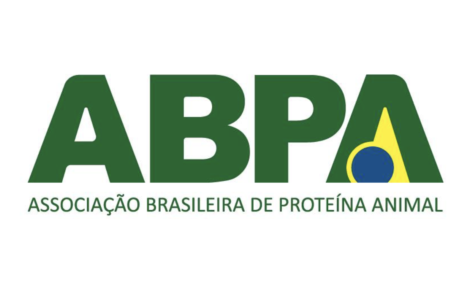



Conference to Debate Food vs Feed
UK - Animal feed vs human food will come under the microscope at the National Farm Management Conference ‘Farming for the Future - delivering sustainable intensification’.The livestock industry is perceived to be facing a huge global challenge. Meat production allegedly accounts for 5.6 per cent of the UK’s carbon footprint.
"If we gave up eating meat, then we cut our carbon footprint considerably – true or false?” asks Dr Jude Capper, Montana-based livestock sustainability consultant.
“The truth of the matter is if we all gave up meat for one day each week for an entire year, national carbon emissions would be reduced by less than one per cent,” she said, speaking ahead of the event.
“We need to produce 60 per cent more food to feed a world population which will expand to between 9.5 billion and 10.5 billion in 40 years time, combined with increased income in developing countries. So does growing feed for livestock take food from the mouths of the hungry? It’s often claimed that the feed cost of a 200g steak will fill 45 to 50 bowls of cooked cereal grains.
“We need to examine the bigger picture. Turning forages and by-products that we cannot eat into food that we can – that’s sustainability,” she said.
“For example, when you calculate feed efficiency not simply as total feed in vs. food out, but as a function of the amount of animal feed that could instead be eaten by humans, we see that dairy cattle and suckler beef produce more human-edible protein than they consume; with human-edible protein input to output ratios of 0.7 and 0.9 respectively.
“Furthermore, the cattle industry uses over five million tonnes per year of by-products from the human food and fibre industries, for example sugar beet pulp, straw, bread and confectionary - products that would otherwise be wasted. Together they make up almost 48% of total raw materials in animal feed. In turn, the sector supplies us with leather, fertilizer, pharmaceuticals and a myriad of other by-products that we would otherwise have to produce synthetically.
“Grazing cattle and sheep on land where you can’t grow food crops due to terrain, climate or soil characteristics, means you can make the most efficient use of land - take the UK, LFA comprises 53 per cent of utilised agricultural area or a massive 9.12m ha. At the same time you will be providing advantages in terms of both wildlife habitat and upkeep of marginal land.”
She adds: “By improving resource use efficiency in every livestock operation - big or small, intensive or extensive, then we can cut environmental impact and carbon emissions. Effectively we can have our livestock, and eat them.”
Dr Jude Capper will be continuing the discussion at the National Farm Management Conference, at The Royal Society in London on Wednesday 26 November.









